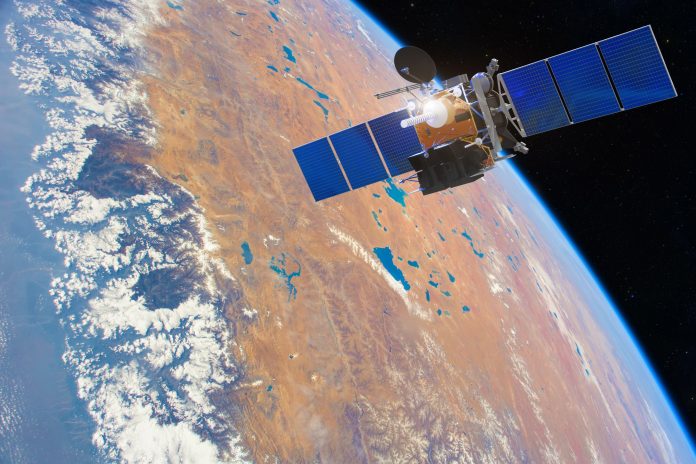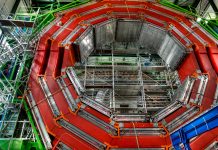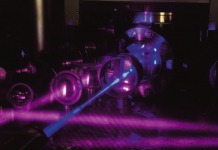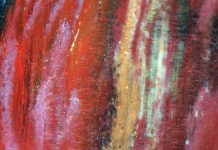J.D. Huba from Syntek Technologies shares his expert thoughts on simulating ionosphere bubbles in the equatorial ionosphere
In 1938, scientists were making measurements of the near-earth space environment by reflecting radio waves from the ionosphere in Huancayo, Peru (Booker and Wells, 1938). They discovered that, oftentimes, after sunset, the ionosphere became turbulent and scattered radio waves from electron density irregularities. This phenomenon eventually became known as equatorial spread F (ESF). Over the past five decades, extensive measurements have been made of ESF using ground-based radar, airglow imaging, and in situ satellite data. It has been discovered that the electron density irregularities span length scales for 10s centimetres to 100s kilometres.
Simulating ionosphere bubbles in the equatorial ionosphere
The large-scale irregularities take the form of ‘plasma bubbles’ – low density plasma plumes that rise from 300 km to over 1,000 km at times. These bubbles arise because the ionosphere becomes unstable to a Rayleigh-Taylor-like instability. Modelling and forecasting ESF has become very important because of its impact on space weather: it causes radio wave refraction and scintillation that degrade communication and navigation systems.
Given the complex non-linear development of equatorial plasma bubbles, computational models are needed to tackle this problem. This is a challenging proposition because it involves coupling atmosphere dynamics with plasma dynamics on a global scale. For example, the neutral wind in the upper atmosphere generates a global electric field, dominant in the low- to mid-latitude ionosphere during quiet times, which plays a critical role in the development of ESF. Additionally, gravity waves originating in the troposphere that propagate into the ionosphere can act as ‘seeds’ to trigger the Rayleigh-Taylor instability.
However, to date, virtually all models of ESF have been regional – they cover a relatively narrow range of the ionosphere in latitude and longitude – and they artificially impose electric fields, as well as atmospheric perturbations associated with gravity waves. These models have been enormously helpful in better understanding the dynamics of ESF but fall short of being used to forecast ESF occurrence.
The latest research on modelling plasma bubbles
Recently, there has been a breakthrough in modelling plasma bubbles in the equatorial ionosphere (Huba and Liu, 2020). The first-principles whole atmosphere model WACCM-X (Liu et al., 2018) has been coupled to the global ionosphere model SAMI3 (Huba and Joyce, 2010). In this modelling study, WACCM-X provided the large-scale variations of the neutral densities, temperature, and winds as inputs to SAMI3, as well as the self-consistently generated atmospheric gravity waves that act as seeds to trigger equatorial spread F. A critical feature of this simulation was that a high-resolution grid (70 km) was used, which allowed the model to capture ESF bubble onset and evolution on a global scale.
In one case studied (i.e., dubbed the March case), a series of bubbles formed in the Atlantic sector with wavelengths in the range 400 – 1,200 km, that rose to over 800 km and persisted until after midnight. These results are remarkably consistent with recent GOLD observations (Eastes et al., 2019). This is shown in Fig. 1, which compares 135.6 nm emissions from the simulation (left and middle panels) to GOLD emission observations (right panel) from geosynchronous orbit. The centre panel is on the same colour scale as the GOLD data (maximum of 40 Rayleighs); it shows that the intensity of the 135.6 nm emissions from the model is less than the data. The left panel reduces the colour scale maximum to 12 Rayleighs in order to highlight the structure in the model results; it shows a remarkable similarity to the data. The model results capture the extended ionization arcs from the post-sunset period (Eastern South America) to midnight (Western Africa) observed in the data. Moreover, regular plasma striations (bubbles) are also observed in the model as in the data on similar scale lengths.
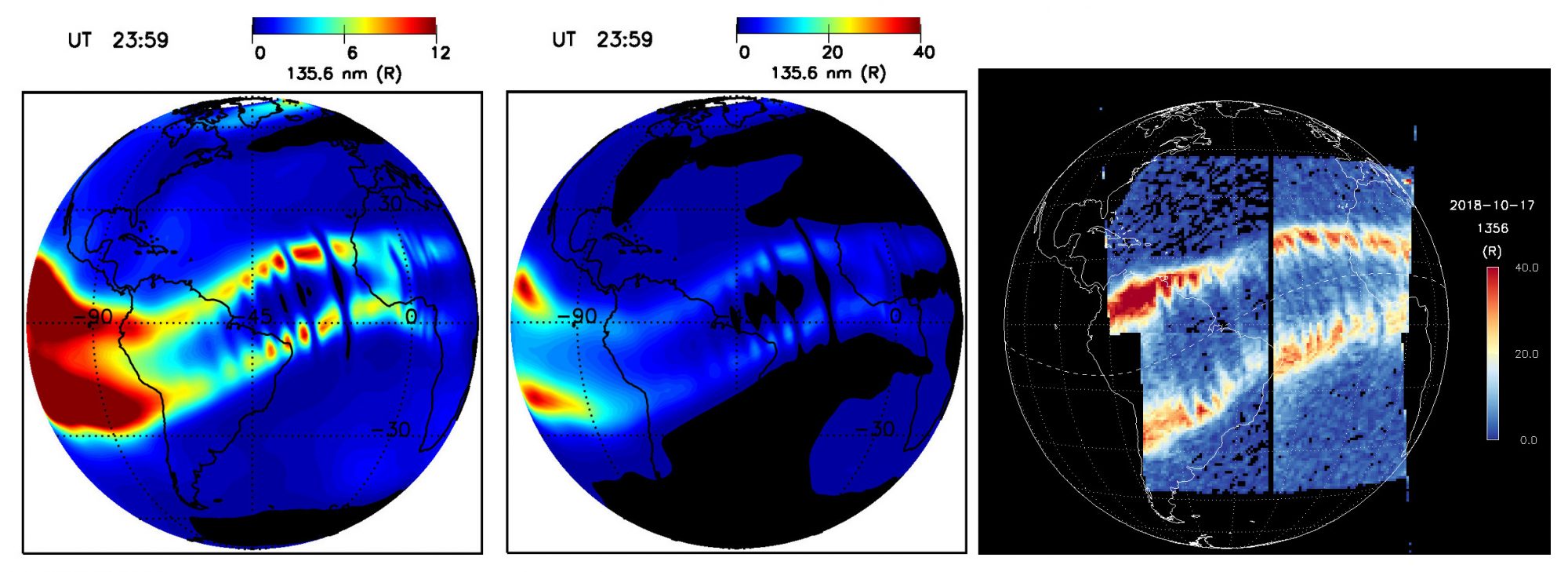
This type of modelling capability is very promising, especially in light of current NASA missions that are designed to study the atmosphere/ ionosphere interactions. The Global-scale Observations of the Limb and Disk (GOLD) mission is in geosynchronous orbit measuring ultraviolet emissions that characterise the neutral and plasma environment in near-earth space. The Ionosphere Connection Explorer (ICON) mission is in low-earth-orbit measuring neutral winds and plasma parameters (i.e., ion densities, velocities, and temperature). These missions will provide important information regarding plasma bubble development and guide future simulation studies.
This research was supported by grants from NSF and NASA.
References
Booker, H.G. and H.G. Wells, Scattering of radio waves by the F-region of the iono-sphere, Terr. Mag. Atmos. Elec. 43, 249, 1938.
Eastes, R.W., S.C. Solomon, R.E. Daniell, D.N. Anderson, A.G. Burns, S.L. England, et al., Globalscale observations of the equatorial ionization anomaly, Geophysical Research Letters, 46, 9318, https://doi.org/10.1029/2019GL084199, 2019.
Huba, J.D. and G. Joyce, Global modeling of equatorial plasma bubbles, Geophys. Res. Lett. 37, L17104, doi:10.1029/2010GL044281, 2010.
Huba, J.D. and H.-L. Liu, Global modeling of equatorial spread F with SAMI3/WACCM-X, Geophys. Res. Lett., 47, e2020GL088258. https://doi.org/10.1029/2020GL088258 2020.
Liu, H.L., Bardeen, C. G., Foster, B. T., Lauritzen, P., Liu, J., Lu, G., Wang, W., Development and validation of the Whole Atmosphere Community Climate Model with thermosphere and ionosphere extension (WACCMX 2.0), Journal of Advances in Modeling Earth Systems, 10, 381, https://doi.org/10.1002/2017MS001233, 2018.
*Please note: This is a commercial profile


